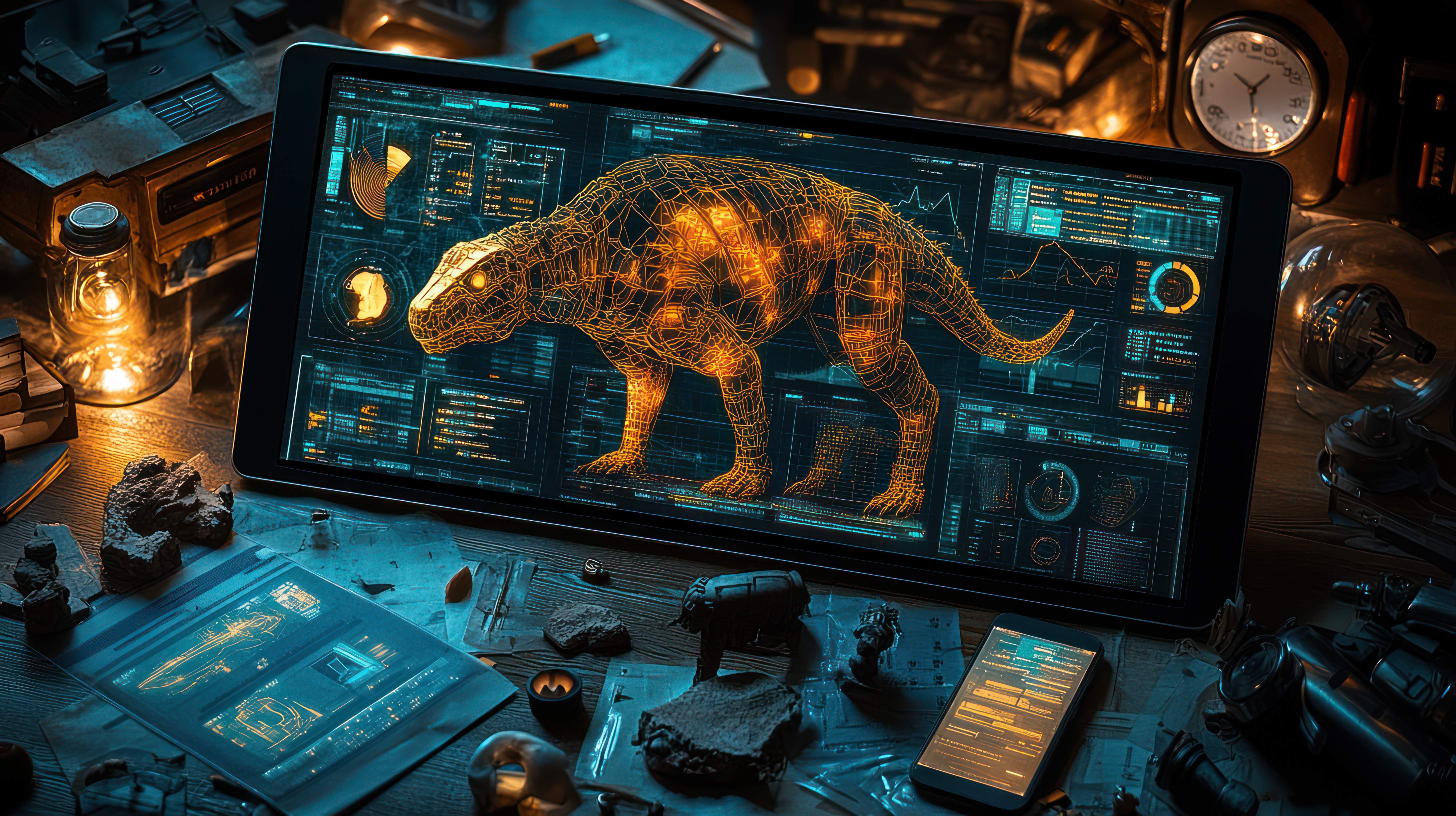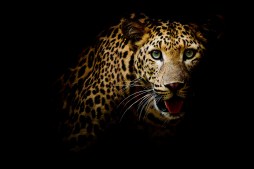Understanding the Tools and Technology in Prehistoric Creature Reconstruction

Paleontology is a fascinating field that allows us to peer back into Earth’s distant past by studying prehistoric creatures. One of the most intriguing aspects of this science is reconstructing these ancient beings from fossilized remains. But how exactly do paleontologists bring these creatures back to life on paper, models, or digital media? This article explores the tools and technology used in reconstructing prehistoric animals.
Fossil Excavation and Collection Techniques
The first step in reconstructing prehistoric creatures involves discovering and excavating fossils. Paleontologists use a variety of tools such as brushes, chisels, and small picks to carefully extract fossils from rock without damaging them. Advances like ground-penetrating radar and drones can help locate promising dig sites more efficiently than ever before.
Analyzing Fossils with Imaging Technology
Once fossils are collected, imaging technologies play a vital role in their study. CT scanning allows scientists to see inside fossilized bones without breaking them open, revealing internal structures. 3D laser scanning creates detailed digital models of fossils, which can be manipulated on computers for further analysis or sharing with other researchers worldwide.
Comparative Anatomy and Digital Modeling
Paleontologists often compare newly found fossils with modern animals or previously discovered specimens to infer muscle placement, posture, and movement capabilities. Using software programs designed for 3D modeling, they digitally reconstruct skeletons and add muscles based on biomechanical principles. These computer-generated reconstructions provide insights into how prehistoric creatures might have looked and moved.
Artistic Interpretation: From Science to Visualization
While scientific data guides reconstruction efforts, artistic input is essential for visualizing soft tissues like skin texture, coloration patterns, or feathers—features rarely preserved in fossils. Paleoartists collaborate closely with scientists to ensure accuracy while creating lifelike representations that captivate both academics and the public alike.
Virtual Reality and Educational Applications
Emerging technologies such as virtual reality (VR) allow immersive experiences where users can explore reconstructed environments inhabited by prehistoric creatures. Museums increasingly incorporate VR exhibits to educate visitors interactively about ancient life forms reconstructed through meticulous scientific work combined with cutting-edge technology.
Reconstructing prehistoric creatures is a multidisciplinary endeavor combining traditional fossil excavation techniques with modern imaging tools, computational modeling, artistic skillsets, and interactive technologies like VR. Together these approaches enrich our understanding of Earth’s history by bringing extinct species vividly back into view.
This text was generated using a large language model, and select text has been reviewed and moderated for purposes such as readability.











